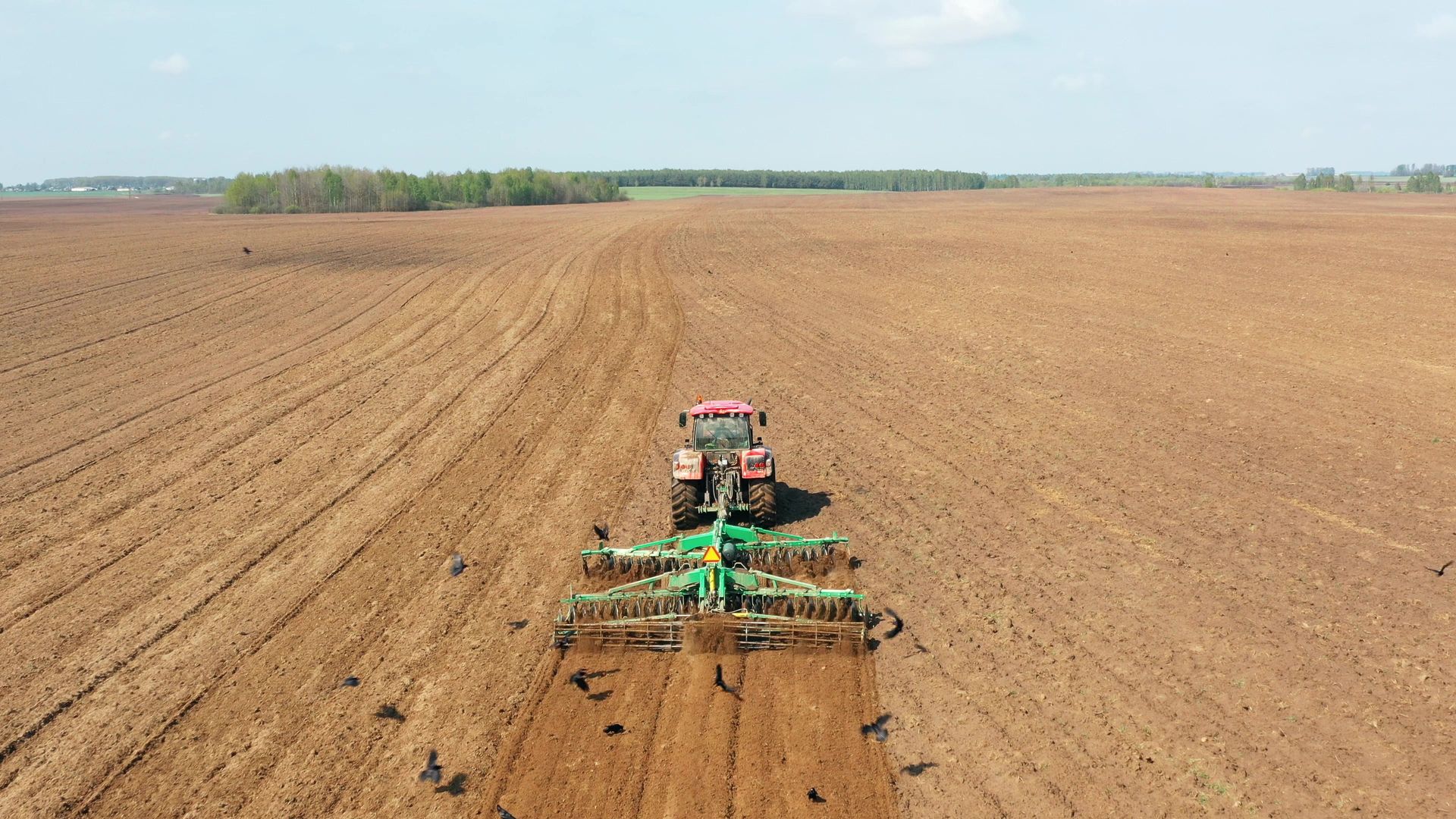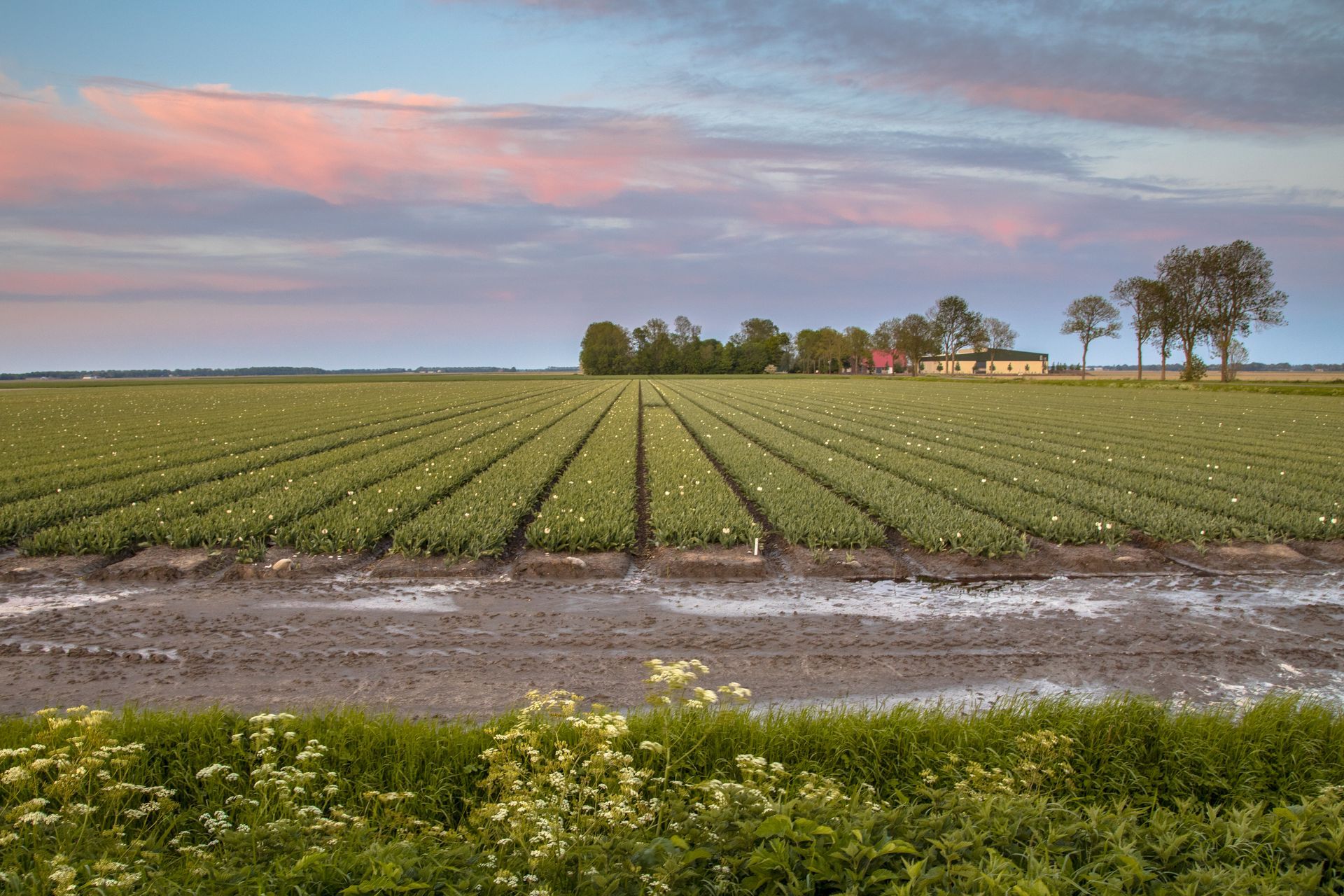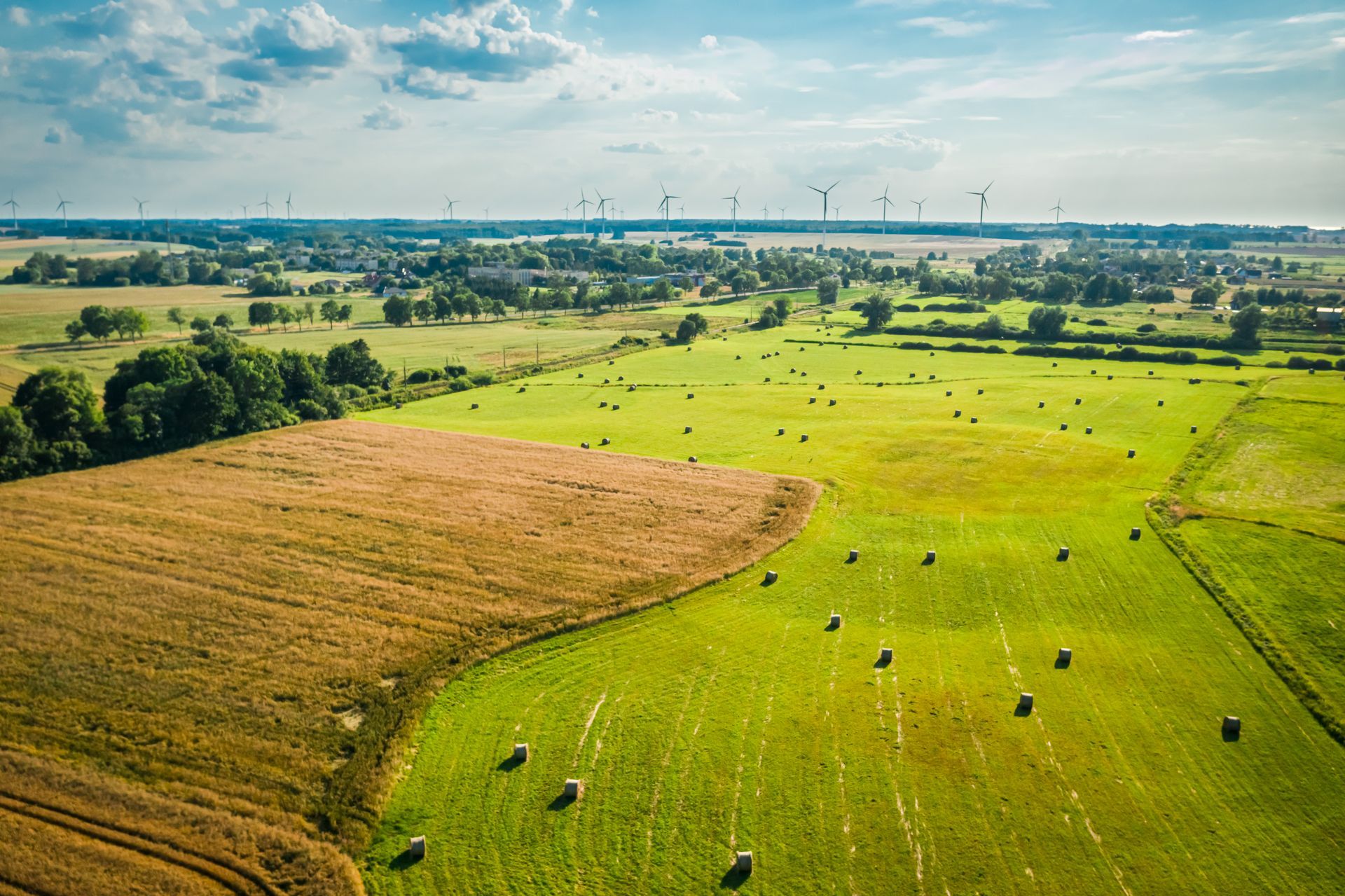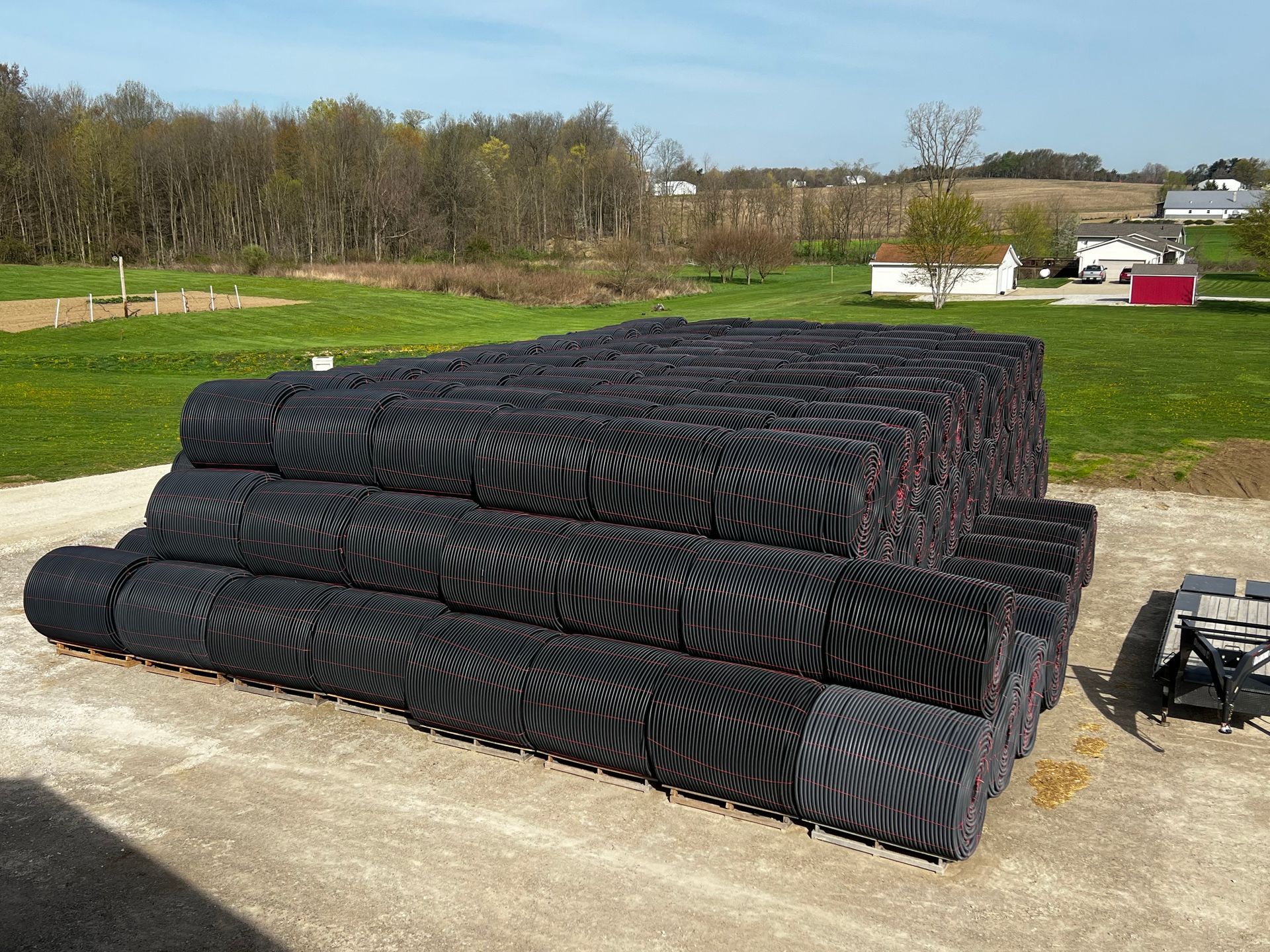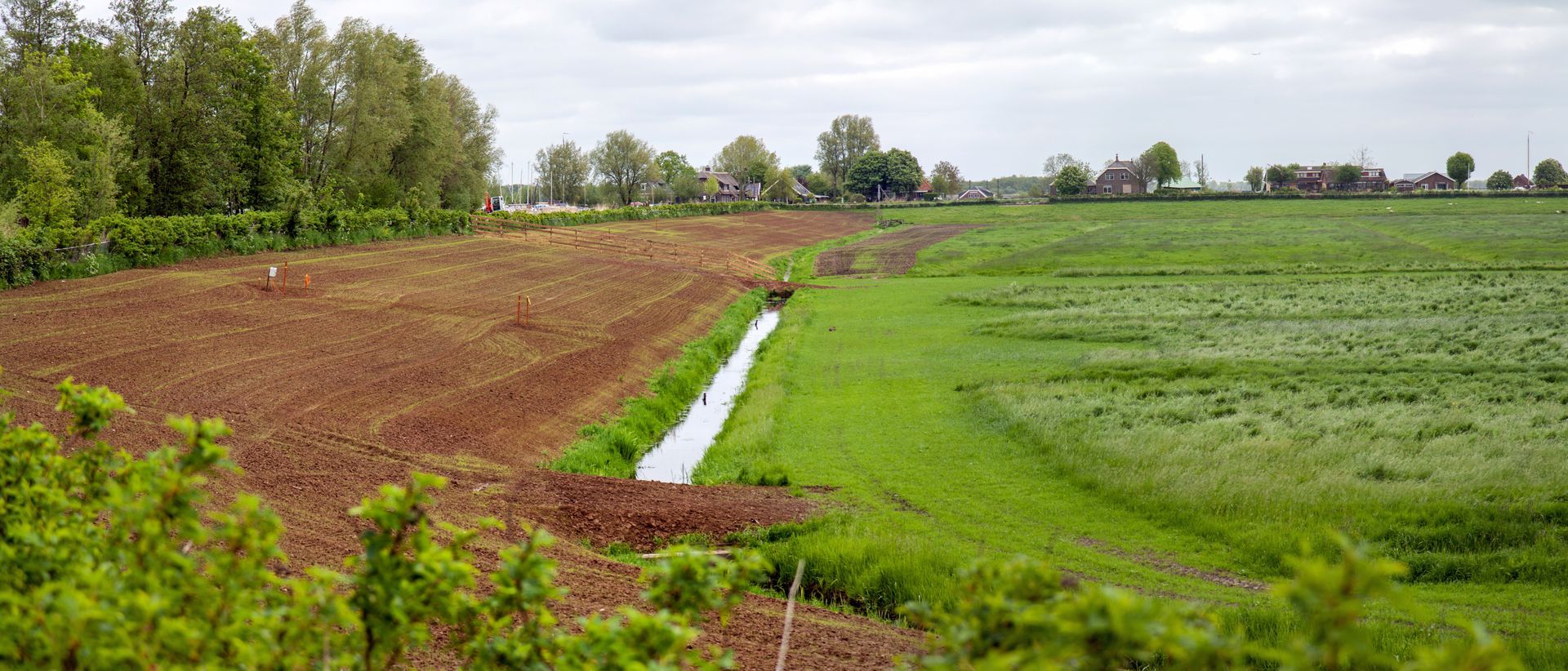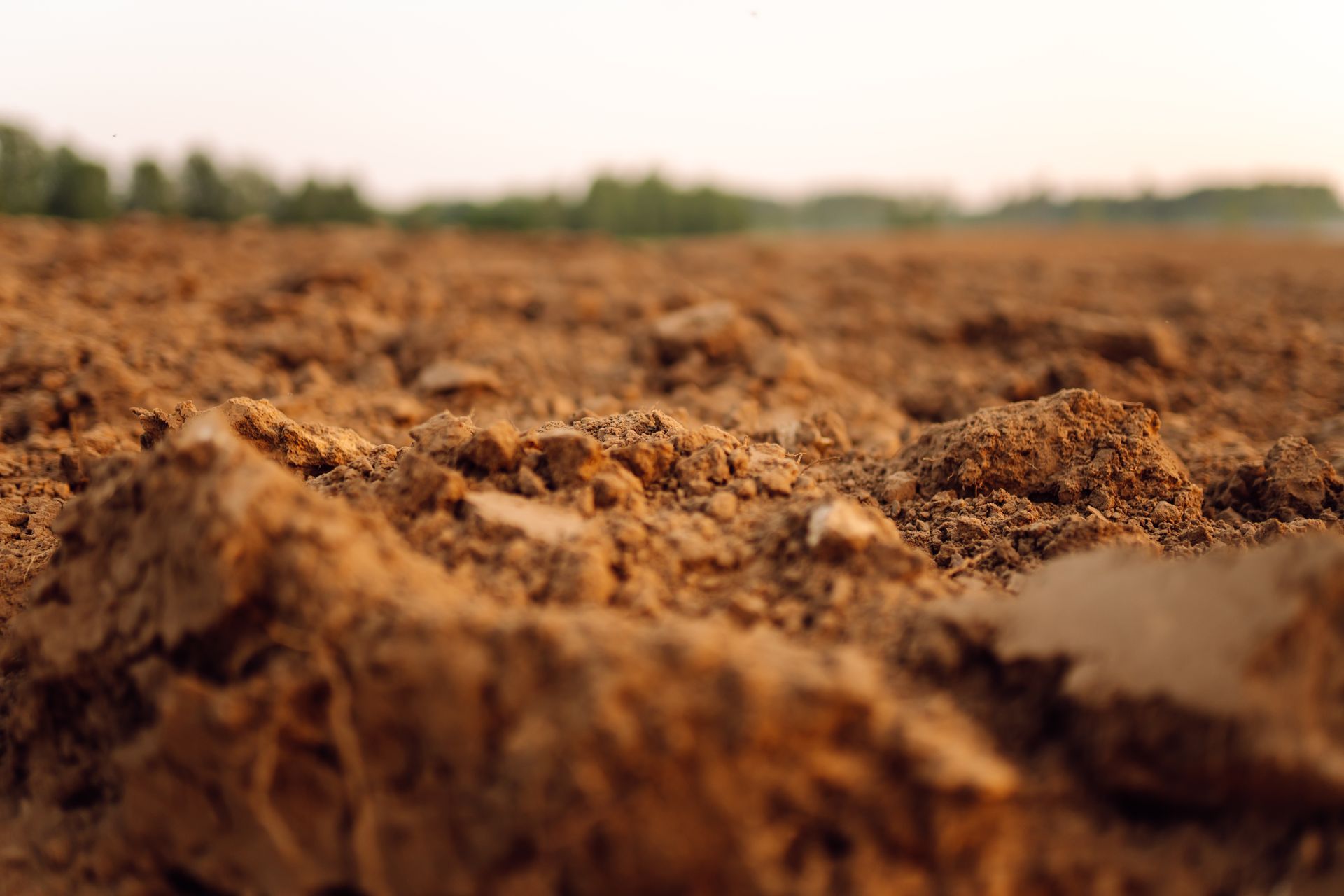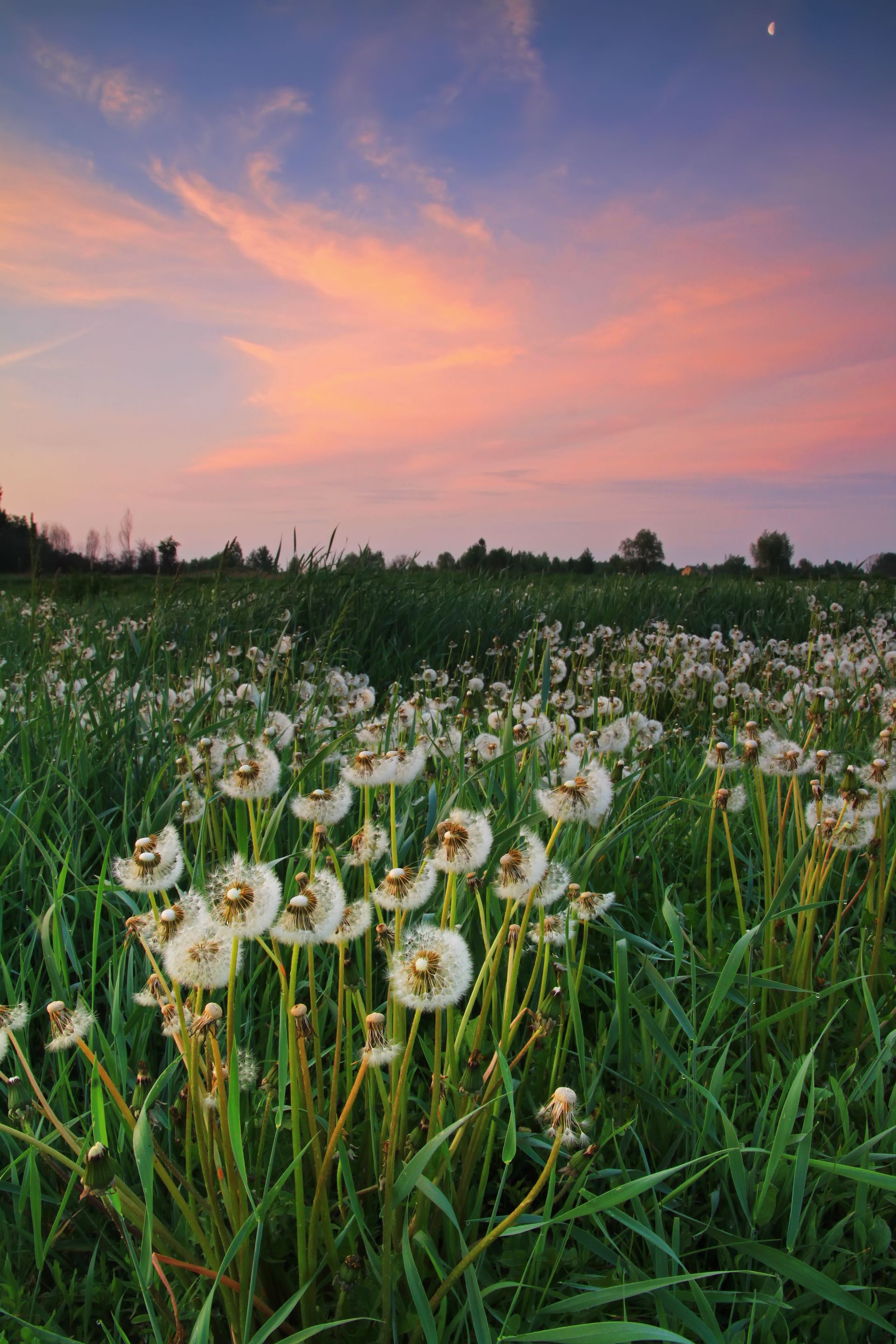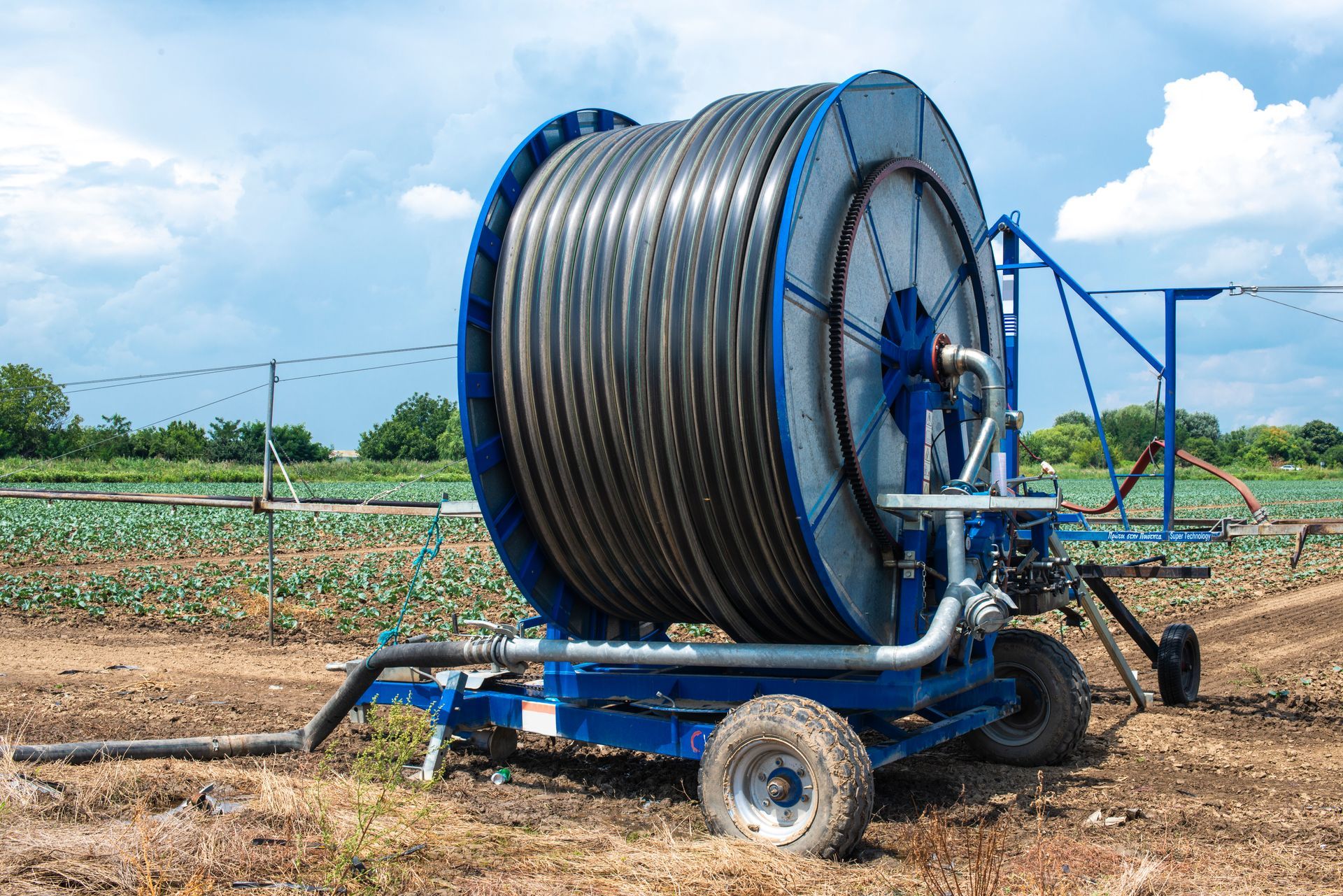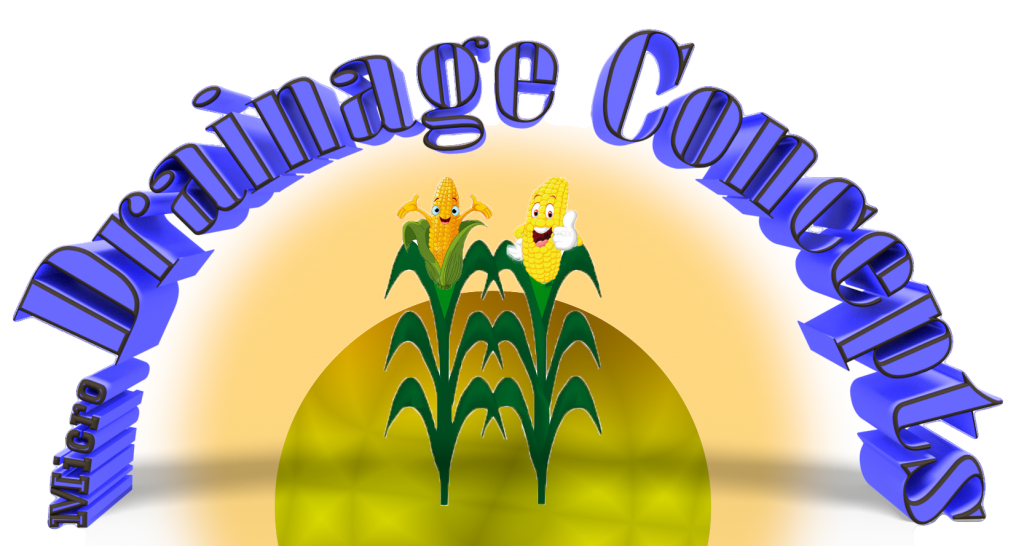
How our concept can benefit the conventional farmer.
You all know how important it is to prepare the soil properly for your crops. With all the rain we received this year, it is also important to make sure that your beds drain properly. Why do we need to pay attention to drainage?
- Drainage ensures that the soil is properly aerated. If you have excess or standing water, it can choke your crops.
- Drainage reduces soil and nutrient loss from runoff and can help avoid soil erosion.
- Drainage on hill slopes helps to reduce the risk of soil slippage.
- Drainage can be collected and saved for future use during periods of dry weather.
- Drainage can be either natural or artificial. Many areas have some natural drainage; this means that excess water flows from the farmers' fields to swamps or to lakes and rivers. Natural drainage, however, is often inadequate and artificial or man-made drainage is required.
There are two types of artificial drainage: surface drainage and subsurface drainage.
Surface drainage
Surface drainage is the removal of excess water from the surface of the land. This is normally accomplished by shallow ditches, also called open drains. The shallow ditches discharge into larger and deeper collector drains. In order to facilitate the flow of excess water toward the drains, the field is given an artificial slope by means of land grading
Subsurface drainage
Subsurface drainage is the removal of water from the root zone. It is accomplished by deep open drains or buried pipe drains. With deep open drains, the excess water from the root zone flows into the open drains. The disadvantage of this type of subsurface drainage is that it makes the use of machinery difficult. Pipe drains are buried pipes with openings through which the soil water can enter. The pipes convey the water to a collector drain they are typically made of clay, concrete or plastic. and are placed in trenches by machines. In clay and concrete pipes (usually 30 cm long and 5 - 10 cm in diameter), drainage water enters the pipes through the joints. Flexible plastic drains are much longer, and the water enters through perforations distributed over the entire length of the pipe.
Open drains use land that otherwise could be used for crops. They restrict the use of machines. They also require many bridges and culverts for road crossings and access to the fields. Open drains require frequent maintenance (weed control, repairs, etc.). In contrast to open drains, buried pipes cause no loss of cultivable land and maintenance requirements are very limited. The installation costs, however, of pipe drains may be higher due to the materials, the equipment, and the skilled manpower involved. But the advantages far outweigh the cost. When using a system like ours you get the advantage of closer lateral spacing's, (runs (20’) or less), with typical 24”depth installation (or as shallow as possible), you will have quicker drainage to field capacity, more reserve water in dry year, quicker in fields after rain, less compaction, and better root development. We would love to answer any questions you may have, contact us today!
Contact Us Today!
We would be happy to answer any questions you may have!
-
Address
8105 Malone Rd, Shiloh, OH 44878
-
Phone
(419) 908-5696
-
Email:
Sales@RichlandMicroDrainage.com
